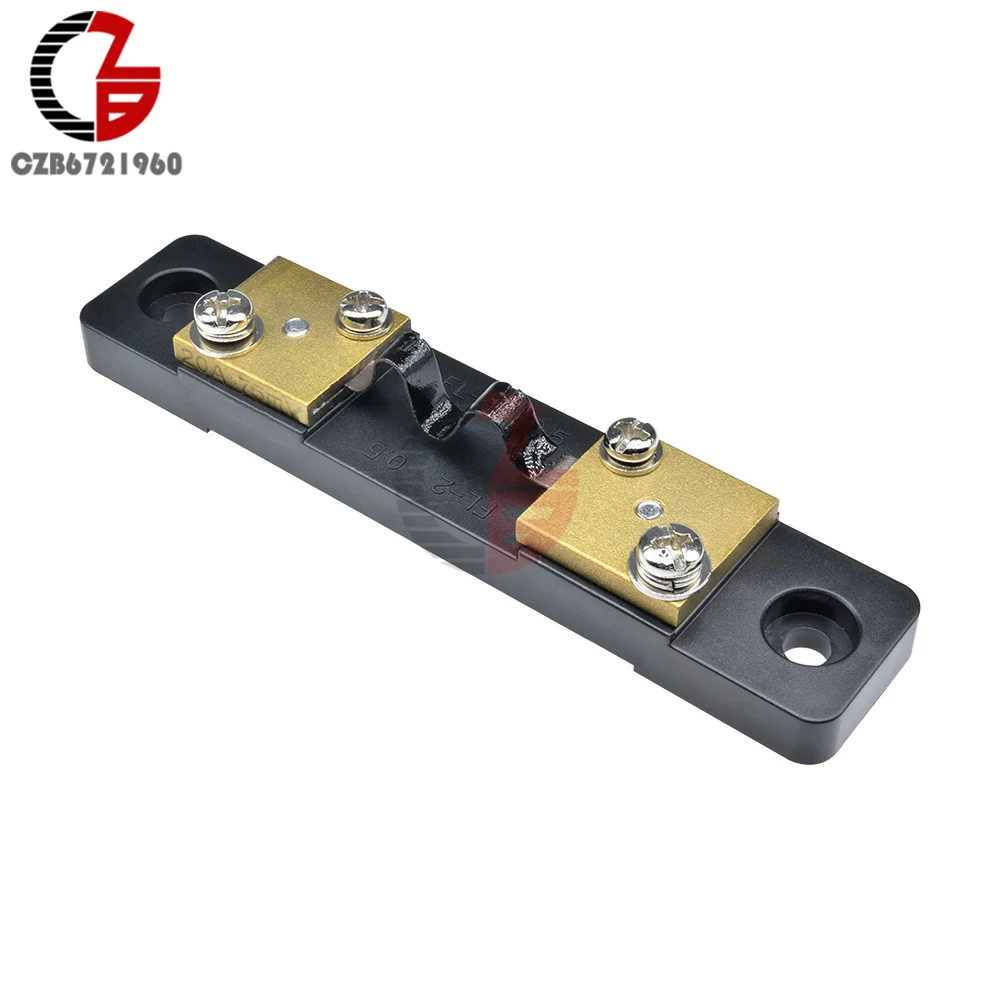multiboxer
New member
- Joined
- Sep 21, 2021
- Messages
- 9
Hello everyone,
I wondered if I could use the following batteries to build a power wall with and hook them up to a fitting MPPT charger+inverter and solar panel setup. (Victron Easysolar)
Type : 6EP1935-6MF01 (datasheet attached)
Amount : 600+
Age : 3 years max
Voltage : 24V packs
Cap : 12Ah / 0.28kW/h
Always stored between 15-25°C
Always connected to a charger/UPS system
Been partially discharged maybe 4 times.
The battery impedance/voltages would be checked beforehand to weed out any bad ones and make sure they have the same voltages.
I would start the setup with 64 of these and hook them all up in parallel to the MPPT.
That would give me 18,4kW/h of power which I can of course only partially discharge.
What do you think of this setup with (quite a few) smaller batteries?
I can even expand the battery setup as I have plenty more available over the next years.
The fact that I can get them for free makes it very tempting to give it a try.
My apologies for my English, it's not my first language.
Thanks in advance for the advice!
Multiboxer
I wondered if I could use the following batteries to build a power wall with and hook them up to a fitting MPPT charger+inverter and solar panel setup. (Victron Easysolar)
Type : 6EP1935-6MF01 (datasheet attached)
Amount : 600+
Age : 3 years max
Voltage : 24V packs
Cap : 12Ah / 0.28kW/h
Always stored between 15-25°C
Always connected to a charger/UPS system
Been partially discharged maybe 4 times.
The battery impedance/voltages would be checked beforehand to weed out any bad ones and make sure they have the same voltages.
I would start the setup with 64 of these and hook them all up in parallel to the MPPT.
That would give me 18,4kW/h of power which I can of course only partially discharge.
What do you think of this setup with (quite a few) smaller batteries?
I can even expand the battery setup as I have plenty more available over the next years.
The fact that I can get them for free makes it very tempting to give it a try.
My apologies for my English, it's not my first language.
Thanks in advance for the advice!
Multiboxer




